The rules of the game of growth are changing for organizations – whether they are small or large, new, or established. Traditionally, to grow, organizations need to offer products and services that 1) satisfy an existing demand (we call this a product-market fit) and 2) are scalable on both the short and long term. The prerequisites for that second aspect—scalability—are evolving as organizations are faced with a cacophony of scaling blockers and opportunities. New rules and regulations, stakeholder pressure, ecological limitations, public attention, and all sorts of contingencies are either limiting an organization’s growth or posing new opportunities. Organizations need to become proficient in identifying what is relevant and what is irrelevant for their growth, and set a clear ambition that goes beyond financial gain: who do they want to be on an economic, societal, and environmental level? All business activities need to be aligned with this ambition, from value creation to value delivery, which is truly a balancing act. This article provides a high-level approach for scaling impact in a changing landscape.
Organizations are scalable when they successfully deal with the scaling blockers and opportunities occurring within their economic, societal, and ecologic environment. A scaling blocker can be defined as a threat to a company’s growth that it did not anticipate on. To give an example, a solid business case that adversely impacts society or the environment, may eventually be limited by public pressure (e.g., data privacy issues or pollution claims) or by regulations (e.g., the General Data Protection Regulation, the Corporate Sustainability Reporting Directive, phosphate and nitrogen restrictions).
A scaling opportunity can be defined as an opportunity for the company which helps scale impact. For example, when a company experiences that its diversity and inclusion strategy both improves performance (economic gain) and increases equality (societal impact).
Organizations that understand today’s scaling blockers and opportunities, will be able to leverage these to increase their competitive advantage. A healthy balance between the three axes of economic value, societal impact and environmental footprint will enable an organization to accelerate the realization of its ambitions simply because resistance from employees, consumers, shareholders, partners, and the government is minimized.
But how does an organization reap the benefits of assessing its scalability blockers and opportunities? And how does this lead to growth acceleration? We’ll illustrate this using the hypothetical case of Organization ABC.
How Organization ABC recovers its growth
An organization – let’s call it Organisation ABC – is having difficulties with its scalability. Traditionally, their business goals were centred around year-on-year market share and turnover growth. Their turnover used to grow by 12% a year, but in the last two years, growth has been below 10%. The organization finds it difficult to get a grip on what is happening in the market because there is a lot of uncertainty. They face a decreasing market share for the first time in their existence. Last year, they even experienced significant negative attention on social media. It is hard to deliver on their usual quality level and attracting new people is becoming more and more difficult. A few of the most talented people have been leaving the company. Let’s dive into what this organization needs to recover its growth.
1. Defining an Impact Promise
Organization ABC has been expanding its existing strategy year on year, which worked for quite a long time. But a lot is happening in their field and to really understand what is going on, they need to:
■ Understand their playing field
■ Engage their key stakeholders
■ Set ambitions and be transparent about them
Organization ABC must get an understanding of the different factors that influence their business not just from an economic perspective, but also from a societal and environmental perspective

Think of trends, rules and regulations, stakeholder needs, and competitor behaviour. Together, these factors form the playing field of Organisation ABC.
However, not all factors in Organization ABC’s playing field are influencing its business in the same capacity. Organization ABC must define its current and desired positions in order to distinguish the relevant from the irrelevant. For each perspective – economic, societal, and environmental–Organization ABC needs to define their ambition: do they aim for compliance, do they want to become a fierce competitor, or do they even strive to become a market maker? And where do their competitors stand?
Having determined Organization ABC’s ambitions, all influencing factors on the playing field can be evaluated. When Organization ABC has high ambitions on sustainability, it is vital to get a broad view on sustainability issues and how their activities impact their environment. When Organization ABC just wants to be compliant on societal impact, they need to focus on societal factors concerning rules and regulations. Their collection of ambitions – which we will call the Impact Promise – provides a filter through which all factors’ relevance can be assessed. A distinction must be made between Scaling Blockers; factors that limit business growth or competitive advantage, and Scaling Opportunities; factors that can be leveraged to stay or get ahead of competition.
This entire exercise cannot be done without the help of Organization ABC’s key stakeholders. Usually, a lot of knowledge about the playing field is already present in the organization, but to give real meaning to the Impact Promise, Organization ABC must establish continuous interaction with its stakeholders.
The ORGX software helps to collect the ambitions of key stakeholders, discuss them, and shape the Impact Promise. Once defined, the Impact Promise must be communicated within and outside the organization. The Impact Promise will be used as a compass to guide strategic decision making on the organization’s path to growth.

2.Strategizing the Impact Promise
When defining the Impact Promise, it is great to be ambitious. However, when building a strategy to realize the Impact Promise, realism is required. Transforming Organization ABC to enable it to deliver on its Impact Promise will require an extensive list of changes and projects which cannot be executed all at once.
So where to begin?
First, Organization ABC must define its strengths and weaknesses in relation to its new Impact Promise. What areas are there in the organization that need to be altered or improved? This produces a list of improvement areas, which subsequently needs to be prioritized.
The ORGX framework is developed to identify improvement areas based on the Impact Promise, estimate how much effort is needed for each improvement area, and calculate how it influences the Impact Promise. Organization ABC can use this to prioritize improvement areas by balancing impact and required effort. It functions as the organization’s digital compass which, besides showing the focus of the organization, brings in KPIs to monitor progress.
With the Impact Promise in mind, Organisation ABC can start to define projects for their improvement areas. A project is always focused on a business activity and can contribute to several improvement areas at once. Instead of setting up a business case, they develop impact cases. Impact cases describe how an improvement contributes to the impact promise and what effort is required.
At the same time, it is required to understand Organization ABC’s ability to change in order to build a realistic impact roadmap. So, to plan the projects, Organization ABC creates a realistic timeline. This involves connecting with experts within the organization to estimate feasibility and reaching out to key stakeholders to align with their expectations. The resulting roadmap needs to be communicated with the entire organization. It is important to make every employee understand the Impact Promise of the organization, and the path leading towards it.

3.Executing and monitoring the strategy
Having done the necessary planning, Organization ABC can commence its transformation. Projects need to be initiated, but more importantly, the roadmap towards the Impact Promise needs to be on everyone’s mind. Every project, every change and even small improvements should contribute to the Impact Promise. To manage that, every project needs to continuously provide data to measure its effect on the Impact Promise. Every improvement towards the Impact Promise makes Organization ABC more data driven. The organization is not only becoming more effective, but it is also becoming more adaptive to the ever-changing environment.
The conviction that every project needs to be executed by the organization itself is a common pitfall. It is advisable to leverage the knowledge and capabilities already present in the organisation and supplement those by setting up an eco-system of solution providers (for instance start-ups, scale-ups, big techs, and consultants). This eco-system flexibly provides the extra capabilities and solutions the organisation needs.
4.The outcome
By better understanding Organization ABC’s playing field, making an ambitious Impact Promise and transforming the organization accordingly, Organization ABC is able to reinvent itself from an economically driven company exploiting a product-market fit to a future-proof, data- and purposedriven organization, delivering value at economic, societal and environmental level. This transformation allows them to continuously transform today’s challenges into tomorrow’s competitive advantage.























